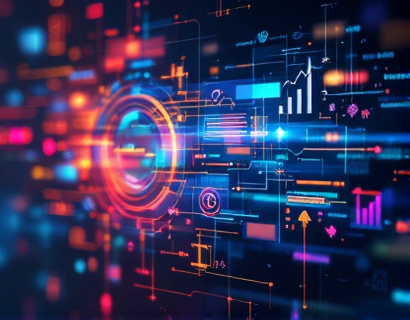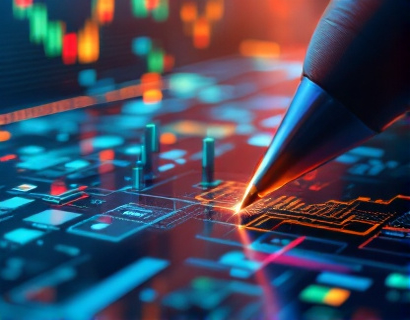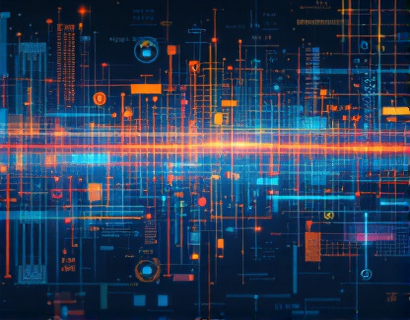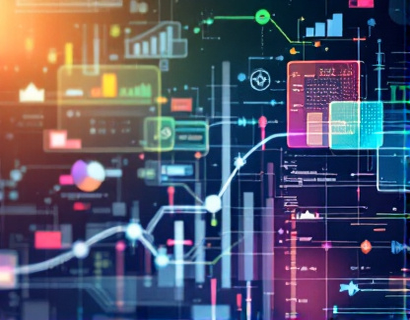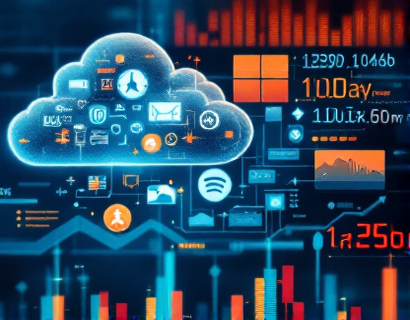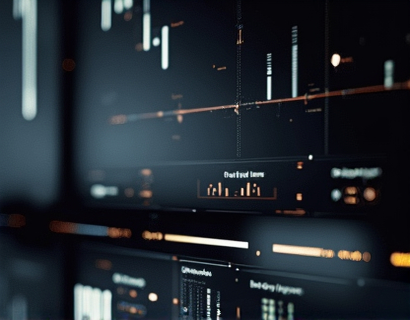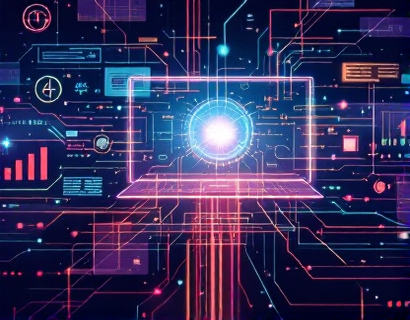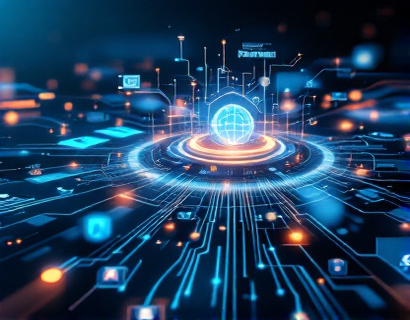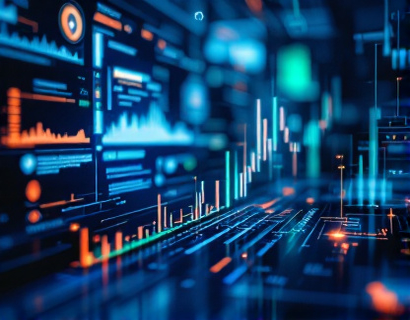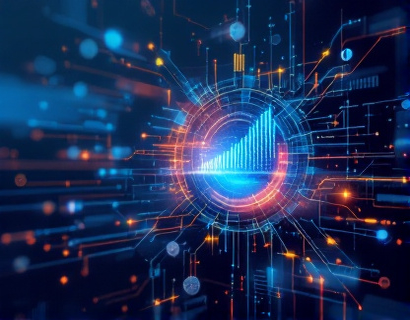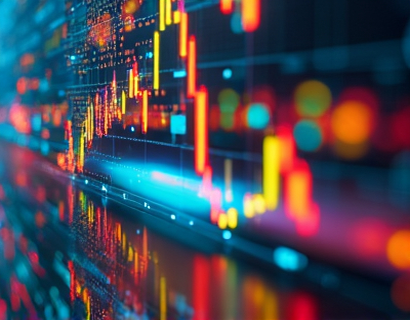Blockchain for Art: Transforming Heritage Tracking and Authenticity with Decentralized Solutions
In recent years, blockchain technology has emerged as a transformative force across various industries, and the art world is no exception. This decentralized ledger system offers a revolutionary approach to tracking the authenticity and provenance of historical artifacts and artworks. By leveraging blockchain, the art sector can ensure secure ownership, enhance transparency, and foster trust among collectors, museums, and cultural institutions. This is crucial for the preservation and management of our shared cultural heritage.
The traditional methods of verifying art authenticity and tracking provenance are often fraught with challenges. Paper-based records are susceptible to loss, damage, or tampering, while digital records can be hacked or altered. Blockchain technology addresses these issues by providing an immutable and transparent record of an artwork's history. Each transaction, from creation to sale, is recorded in a block that is linked to the previous one, forming a chain that is nearly impossible to alter without detection.
Enhancing Authenticity and Provenance
One of the primary benefits of using blockchain in the art world is the enhancement of authenticity and provenance. Every artwork can be assigned a unique digital identity, encapsulating its history, including the artist's signature, creation date, materials used, and previous ownership. This information is stored on the blockchain, making it accessible to authorized parties and ensuring that the artwork's history is verifiable and tamper-proof.
The use of smart contracts further streamlines the process. Smart contracts are self-executing contracts with the terms of the agreement directly written into code. In the context of art, a smart contract can automatically verify the authenticity of an artwork and transfer ownership once certain conditions are met, such as payment confirmation. This reduces the need for intermediaries and minimizes the risk of fraud.
Secure Ownership and Transaction Verification
Blockchain technology ensures secure ownership by providing a decentralized and transparent ledger that all parties can trust. When an artwork changes hands, the transaction is recorded on the blockchain, creating a permanent and verifiable record. This not only protects the rights of the current owner but also provides a clear lineage of ownership, which is essential for legal and insurance purposes.
Moreover, blockchain's transparency extends to the verification of artworks before they enter the market. Artists and galleries can upload detailed information about a piece, including certificates of authenticity and exhibition history, directly to the blockchain. Collectors can then access this information with confidence, knowing that the data has not been altered.
Fostering Trust and Collaboration
The art market is often characterized by a lack of trust and collaboration among its various stakeholders. Blockchain technology has the potential to bridge this gap by creating a shared, trustless environment. Museums, collectors, and cultural institutions can collaborate more effectively, sharing data and insights while maintaining control over their own assets.
For instance, museums can use blockchain to track the loan and exhibition history of artworks, ensuring that each piece is properly cared for and that its whereabouts are known at all times. This level of transparency can help prevent the circulation of forgeries and lost artworks, which has been a persistent issue in the art world.
Challenges and Considerations
Despite its numerous benefits, the integration of blockchain in the art world is not without challenges. One of the primary concerns is the technical complexity and the need for widespread adoption. For blockchain to be effective, a significant portion of the art community must embrace and understand the technology. This requires education and support to ensure that all stakeholders can participate seamlessly.
Another challenge is the scalability of blockchain networks. Current blockchain platforms may struggle to handle the high volume of transactions required in the art market. However, ongoing developments in blockchain technology, such as layer 2 solutions and more efficient consensus mechanisms, are addressing these scalability issues.
Case Studies and Real-World Applications
Several initiatives are already leveraging blockchain to transform the art world. For example, the Blockchain-based Art Provenance Project (BAPP) aims to create a decentralized database of art provenance, allowing artists, collectors, and institutions to verify the history of artworks with unprecedented accuracy. Another notable project is the use of blockchain by the Museum of Modern Art (MoMA) to authenticate and track the ownership of digital art, ensuring that these unique pieces are preserved and recognized in the digital age.
Additionally, platforms like Rarible and SuperRare are utilizing blockchain to create unique digital art tokens, known as NFTs (Non-Fungible Tokens). These tokens not only verify the authenticity and ownership of digital art but also provide a new revenue stream for artists through secondary market sales and royalties.
Future Prospects and Innovations
The future of blockchain in the art world is promising, with ongoing innovations set to further enhance its capabilities. One area of focus is the integration of blockchain with other technologies, such as the Internet of Things (IoT) and augmented reality (AR). For instance, IoT devices can monitor the environmental conditions of stored artworks, with the data being recorded on the blockchain to ensure optimal preservation. AR can provide collectors with immersive experiences, allowing them to visualize artworks in their own spaces before purchasing.
Furthermore, the development of cross-chain solutions will enable different blockchain networks to interact seamlessly, facilitating a more interconnected and efficient art ecosystem. This interoperability will allow for the creation of global standards and protocols, making it easier for artists, collectors, and institutions to engage with blockchain-based solutions.
Conclusion
Blockchain technology is poised to revolutionize the way we track, authenticate, and manage cultural heritage and artworks. By providing a secure, transparent, and decentralized platform, blockchain addresses many of the longstanding issues in the art world, fostering trust and collaboration among its stakeholders. As the technology continues to evolve and gain acceptance, we can expect to see a more robust and resilient art market that better preserves our shared cultural heritage for future generations.




